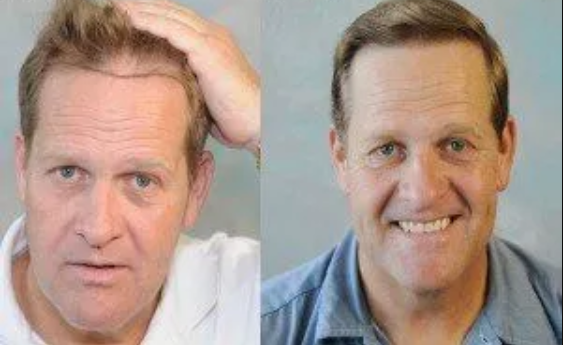Many patients choose to get a FUE hair transplant, which involves extracting individual follicular units from the epidermis one at a time. After being processed and counted under a microscope, the grafts are individually removed from the donor area and implanted on the balding areas.
What to expect following a FUE hair transplant is one of the most common operations people have regarding hair restoration, especially when hair transplant in Istanbul is discussed. This article discusses the most frequent problems to be aware of following your FUE hair transplant. Here is what to expect following a hair transplant:
Day 1
You must learn how to wash your hair on the day of your operation or the day following the procedure if you return for your first hair wash session with us.
You don’t need to wash your hair again on the first day. After your treatment, you will resume washing using the way we instruct you on day 2.
Week 1
Mild bruising may persist in the transplanted and donor sites. During the first week, this will progressively fade. The swelling in the forehead normally peaks on day 4 and then subsides. We normally provide steroids for the first several days to help with the edema.
- For the first four days, avoid touching, scratching, or rubbing the transplanted region. Starting on day 5 following the treatment, the grafts will be stronger in their new habitat and will no longer be removed by an unintentional contact.
- Avoid prolonged sun exposure of more than 5 minutes. Sunburn can harm transplanted hair, and it can also influence the color of your skin where active healing is taking place.
Weeks 2-4
Hair follicles frequently undergo a resting period and begin to shed their hair shafts.
Some pimple-like lesions may develop on the transplanted or donor region. They are known as folliculitis. They behave like typical pimples and usually go away on their own.
Don’t be alarmed if you lose transplanted hair. Continue to shampoo your hair as usual. You may style the remainder of your hair anyway you like. At this stage, you can also color your hair.
- Continue to avoid sun exposure, which may cause pigmentation changes in the transplanted or donor region.
Months 2-3
Within a few months, the transplanted hair begins to grow in as thin and fine hair, gradually becoming longer and thicker. Some people may see their existing hair thinning in the transplanted location. This is known as shock loss and is a very natural process of the recovery timeline. Therefore, no need to worry when hair loss is experienced after the hair transplant surgery.
Months 4-6
As they become longer and thicker, newly developing hair becomes more obvious.
By the conclusion of this phase, all the new hairs have grown, but they are not at their full thickness or length. If you must go outside in the sun, cover your head with a ball hat. If you cannot wear a hat, apply a powerful sunblock.
Months 6-12
The transplanted hair grows and thickens and lengthens, allowing you to style it whatever you like. As the hair grows, you may see texture changes, such as fine baby hair becoming thick, then regular hair.












